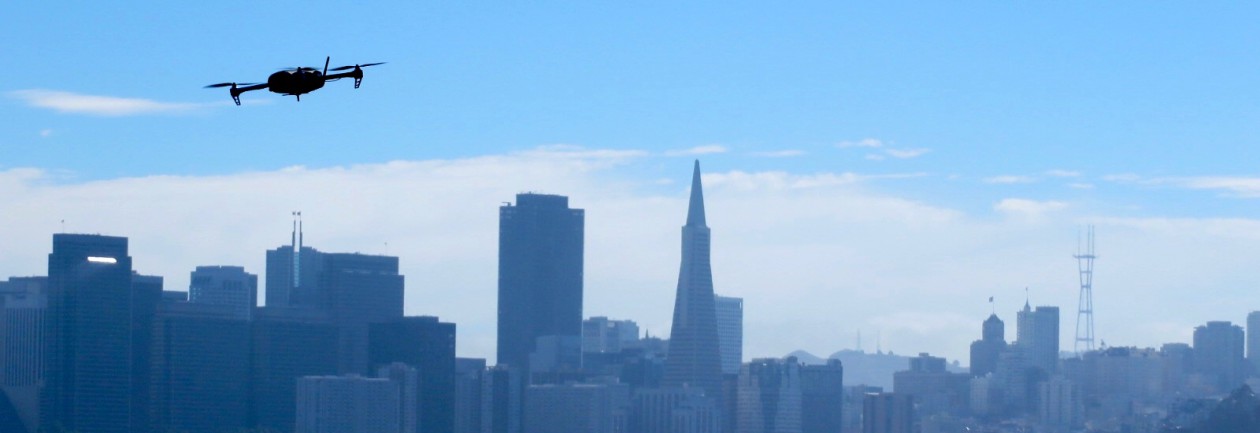For the optimist, the news of additional funding for UAS integration ensures confidence that the United States is determined to open the skies, sooner rather than later, to commercial drone operations. News, however, that congress is “uncertain when the FAA can integrate UAS into the Nation’s airspace” enables skeptics to roll their eyes at yet another hollow justification of the delays by the government.
Truth be told, “the government is trying to have it’s cake and eat it too.” It’s fantastic that congress recognizes the importance of UAS integration into the Nation’s airspace. But admitting that the FAA may be incapable of fulfilling its duties is does not exactly conjure up positive feelings for those waiting on the sidelines.
Below is an excerpt from 2nd session of the 113th Congress:
The FAA Modernization and Reform Act of 2012 directed the FAA to integrate UAS into the National Airspace System by 2015. However, it is uncertain when the FAA can integrate UAS into the Nation’s airspace and what will be required to achieve the goal. The lack of an overall framework for the new systems may be inhibiting progress on UAS integration. The Committee is concerned that the FAA may not be well positioned to manage effectively the introduction of UAS in the United States, particularly in light of a recent ruling by a National Transportation Safety Board (NTSB) administrative judge regarding the use of a small UAS for commercial purposes. Given these challenges, the Committee has provided an additional $3,000,000 in the Aviation Safety Activity to expedite the integration of UAS into commercial airspace.
I know cliches aren’t exactly the most professional ways of making a point, but the best thing I could say to end this post is:
Dear FAA and Congress….. Actions speak louder than words.












